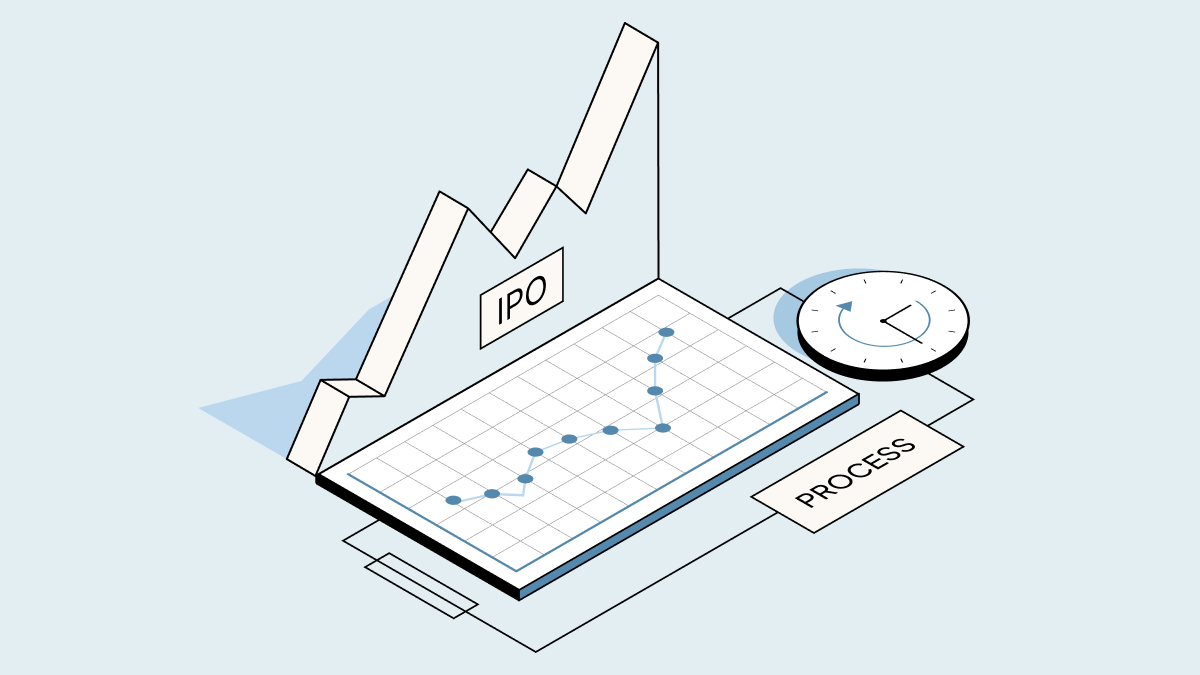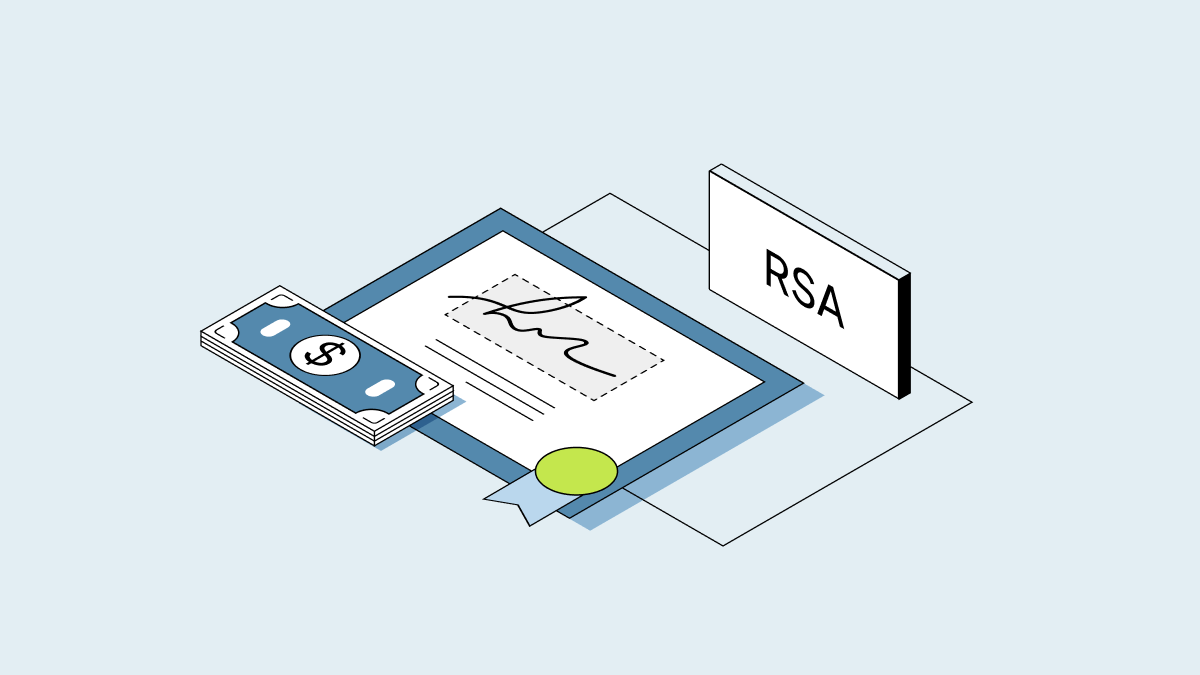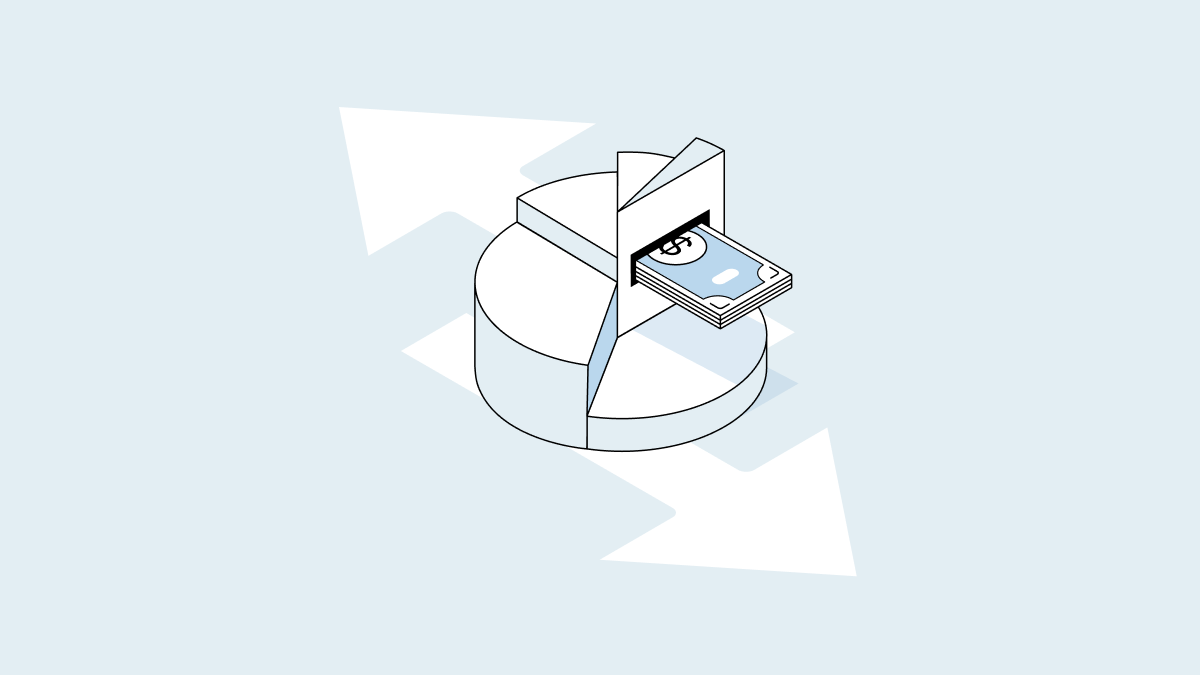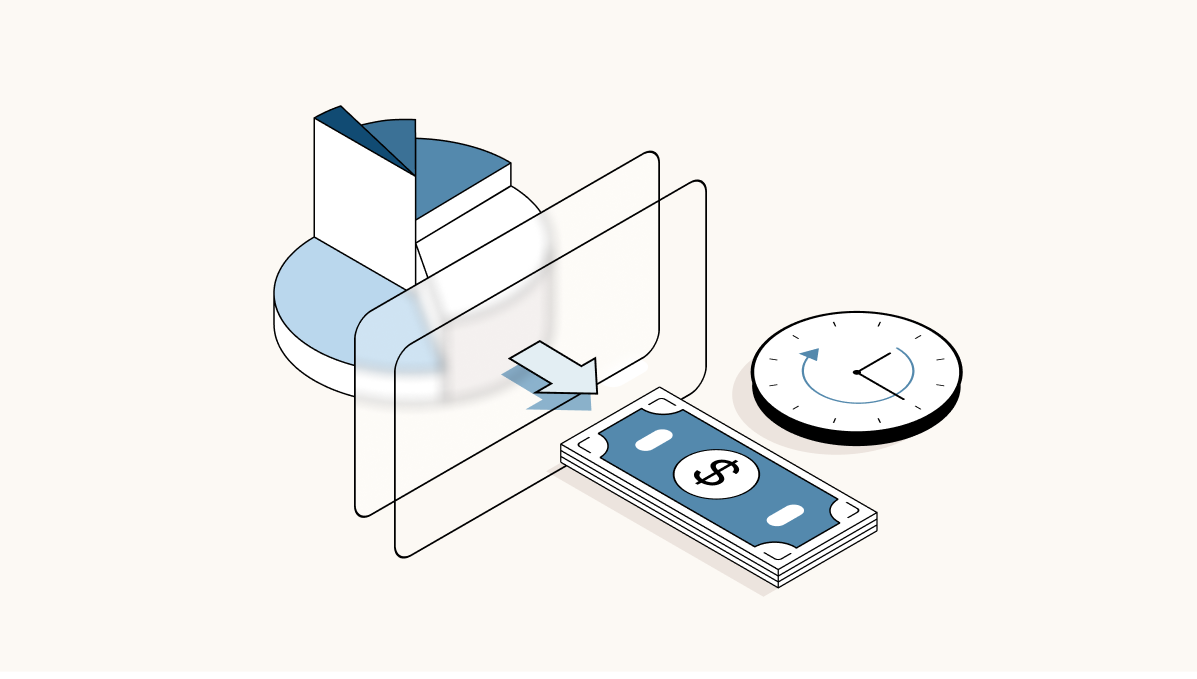Many startup founders dream of one day ringing a stock exchange’s opening bell to announce the public listing of their company’s shares. Carta wants to help make that dream a reality. This IPO Readiness Guide and Checklist for company executives and their legal and financial counsel will try to demystify the terminology, strategy, and process around conducting a seamless transition from private to public.
How does a company conduct an IPO?
There are a few common ways a company can list its shares publicly: through a traditional IPO, a direct public offering, or a SPAC.
Traditional IPO
Going public via a traditional IPO means a private company sells shares of its common stock to underwriters (i.e., investment banks), who then resell the shares to institutional and retail investors on a stock exchange. The underwriters’ purchase is recorded in an underwriting agreement.
Direct listing
Going public via a direct listing (also known as a direct public offering) means that the private company lists its shares on a stock exchange but does not actually sell any of its own shares. All sales immediately following the direct listing are done by existing stockholders and not via underwriters.
SPAC
Going public via a special purpose acquisition vehicle (SPAC) means a private company is acquired by a publicly traded shell company. A SPAC raises capital through an IPO specifically for the purpose of acquiring a private company and then has a set window to find a target, typically one to two years. The acquired company becomes publicly traded via a reverse triangular merger and receives the SPAC’s original IPO proceeds in the transaction.
Here’s a comparison of the most common ways a company could go public:
|
Benefits |
Detriments | |
|
Traditional IPO |
Tried-and-true approach to going public. Investment bankers are able to participate in all parts of the IPO process (e.g., the roadshow). The issuer can raise a targeted amount of capital. |
Some believe that the issuer does not get the best pricing for its shares because investment banks have to cater to the buy side. Stockholder lockups restrict sale opportunities. |
|
Direct listing |
The market price is set based on supply and demand, so there is no potential “game playing” with respect to the stock price. Stockholders aren’t subject to a lockup, meaning they can sell their shares on Day One. |
The issuer does not raise primary capital from the shares sold by current stockholders, but the SEC now permits issuers to raise capital alongside the direct listing. There still have not been that many direct listings, creating some additional uncertainty in the process. |
|
SPAC |
The transaction is done at a set valuation, unlike a traditional IPO. Some companies that don’t have access to the IPO market can become public through a SPAC. |
Harder to raise capital: The PIPE market is largely closed, and SPAC redemption rates have been high. SEC rules and scrutiny have added complexity and lengthened timelines. It is the most expensive and dilutive way to go public. |
IPO timeline: What should a company be thinking about if it plans to go public ...
in three to five years?
How much time you actually want to spend prepping
Many companies that intend to go public ultimately don’t list on a public exchange. Perhaps an enticing M&A opportunity presents itself, or macroeconomic conditions shut down the public markets, or the daunting realities of public-company compliance persuade management to take a different path. Whatever the reason, the reality is that most private companies don’t exit via public offering, even if they initially intend to do so. When a potential IPO is still a few years away, executive teams should start laying the groundwork for success without distracting from their primary duties to the company and their teams. A lot can change in three to five years, and flexibility is required.
Hiring people, particularly into the finance and legal teams, with experience taking a company public
The most important and time-consuming part of the lead-up to an IPO is the audit, followed closely by the drafting of the S-1. It will be critical to ensure that executives and underlying teams are in place that can handle their day jobs in addition to the IPO duties associated with the audit and S-1 drafting.
An IPO readiness assessment
An IPO readiness assessment is a review of the entire company through the lens of public-company compliance. It’s meant to identify gaps that will need to be addressed before the IPO. These assessments are typically done by audit and compliance firms or IPO consultants. A readiness assessment is not required in order to go public, but it helps jump-start the checklist of action items. Think of it like a report card—it tells executives where to focus compliance efforts in the lead-up to listing day.For example, most venture-backed companies don’t have financial statements that are compliant with the Public Company Accounting Oversight Board, which is a requirement for public companies. The IPO readiness assessment will flag this and similar issues. Finance and legal teams can then start to rectify deficiencies identified in the IPO readiness assessment well before the IPO process officially kicks off.
Getting your financial statements ready for an audit
Most companies have experienced a diligence review of their books and records by investors during fundraising. But that pales in comparison to the diligence review that will be done by auditors ahead of an IPO. The auditors will ask hundreds of questions, review thousands of documents, and leave no stone unturned. While it’s not practical or efficient to try and undertake this ahead of the auditors, executives can speed up the diligence process by building an understanding of the hows and whys of their financial statements—for example, is the company correctly valuing stock-based compensation expenses?
IPO timeline: What should a company be thinking about if it plans to go public ...
in 18-24 months?
Increasing the cadence of your 409A valuations
Late-stage private companies (LSP) preparing for an IPO will need to receive more frequent 409A valuations and ASC 718 expense accounting reports in the ramp-up to listing day. Those valuations need to be “ audit-ready.” This means they must be conducted by an independent valuation provider and be able to handle increased scrutiny from both the firms auditing the company’s financial statements and the SEC.
→ For more information about increasing the cadence of valuations, please see this handbook for late-stage private companies.
Hiring experienced service providers
-
External legal counsel - While certainly not required, some companies hire a new law firm as they gear up for a public offering to leverage experience and expertise in the public sector that wasn’t applicable as a private company. Part of external legal counsel’s mandate in the lead-up to IPO is to conduct full diligence and fully audit the company’s cap table and records, so continuity in historical knowledge and record keeping is important.
-
Auditor - A company’s financial statements must be audited to the satisfaction of the SEC prior to listing day, so auditor selection is crucial. Auditors have certain independence obligations that may disqualify some firms from working with certain companies, so it's important to start the selection process right after the company decides to pursue a public offering. The audit typically drives the entire pre-IPO timeline. Switching auditors at any point in the pre-IPO process may significantly delay the timeline to listing, because the new auditors will want to re-audit financial statements and not rely on work done by the prior audit firm.
-
Transfer agent - Transfer agents maintain the company’s securities records and act as a liaison between the company and the stockholders. They handle reporting and record keeping for all non-employee equity and work with any third-party administrators of employee equity plans. Companies can technically act as their own transfer agent, but that is not advisable for public companies given the scope and importance of the role and the liability associated with incorrectly maintained records. Carta acts as the official transfer agent for private companies that use the Carta cap table software, but companies that conduct an IPO will need to move to a transfer agent specifically for public companies.
-
Stock administrator - A stock administrator, or equity plan administrator, is a third party that your company engages to track and manage employee equity and employee stock plans in your public company. They work with your law firm, HR team, and transfer agent to customize plan features, communicate with employees, and ensure compliance across jurisdictions.
-
Underwriters - Companies that conduct a traditional IPO require investment banks to underwrite the offering. These banks buy the stock that a company is offering and then resell it to retail investors on the public exchange on which your company is listed. There are typically multiple banks underwriting the offering, but one bank—known as the “lead left”—typically drives the process and negotiates for all of the other underwriters.
Composition of your board of directors
The composition of a company’s board of directors will likely change at the time of its IPO for a few reasons:
-
Some existing directors will resign because they don’t want the visibility and scrutiny of being a director on the board of a public company.
-
Companies may need to add new directors in order to comply with requirements for board diversity maintained by Nasdaq and certain institutional investors.
-
The SEC requires public companies to establish audit, compensation, and nominating/corporate governance board committees, and companies may need to add new directors with applicable expertise.
Identifying, interviewing, selecting, and negotiating with potential new board members is an important process, akin to hiring a new member of the executive team. As such, it typically is a time-consuming process, one that many companies begin shortly after kicking off the IPO process.
How does Carta help companies prepare for an IPO?
We encourage our customers to stay with Carta until the day they list and wait to offboard until they’re about to complete the IPO process, for a few reasons:
-
Company executives and advisors are already familiar with Carta, which makes it easy to pull reports and documentation for the audit and effectuate pre-IPO equity conversions and splits.
-
Most platforms that offer both private and public cap table solutions operate those solutions separately. This means that if a company offboards from Carta while still private, it will need to onboard to the private version of another platform. Then, when the company actually prepares to go public, it will need to offboard again and transition to the public version of the provider’s platform. This unnecessary movement of important data can create data integrity issues and require significant time and effort from the legal and finance teams.
-
Carta has transitioned companies to every major transfer agent in the public sector, so we can seamlessly work with whichever public transfer agent a company selects to make sure everything is where it needs to be on listing day.
-
It’s common for listing timelines to be pushed out, or for companies that plan to conduct an IPO to either change their minds during the process or to exit via other means entirely. Staying on Carta until the listing day minimizes disruption for employees, reduces operational burden on the finance and legal teams, and allows flexibility if plans change.
-
Carta's private markets liquidity solutions provide great optionality for management teams. These tools can help reduce the pressure for liquidity that often drives an IPO, empowering management to list at the ideal time for the business.
We’ve put together a pre-IPO checklist outlining the recommended steps companies can take with Carta to get ready for an IPO.
IPO readiness checklist
Carta has developed a free IPO readiness checklist to ensure your company is making all the necessary preparations and maximizing your chances of a successful public offering.
The guide covers all the details:
-
Working with law firms, auditors, IPO advisors, transfer agents, and other third parties
-
Downloading essential records and reports
-
Creating accounts and moving shares ahead of listing day
-
Managing stakeholder notifications
-
How the Carta support team will help you at every step
Download your free IPO Readiness Checklist here:
IPO Advisory
For customers that are actively pursuing a public listing within 18 to 24 months, Carta offers IPO Advisory to ensure a seamless transition from private to public company. LSPs that use this service will have a dedicated team to assist the company, its legal team, and other service providers with everything listed in the above IPO readiness checklist, plus a menu of other options.
Advisory services
Carta’s IPO Advisory team functions as a dedicated transition manager that is available to answer questions and provide insight on best practices in the market.
Process management
Carta IPO Advisory can also help LSPs select their public company transfer agents and equity plan administrators. We can provide an overview of available offerings and help introduce companies to potential service providers. Once a company chooses its service providers, Carta will coordinate with the new transfer agent and equity plan administrator to provide any relevant data or files within our platform.
We also offer a range of communication and educational resources to stockholders in the lead-up to listing day, including the Carta communication center for widespread stakeholder outreach and reminders to accept securities and update demographic data.
Reporting preparation
Carta IPO Advisory can help prepare LSPs for the reporting rigors of life as a public company in several ways, including:
-
Managing the completion of cap table health checks to ensure clean data when transitioning to new service providers
-
Reflecting pre-listing stock splits and share conversions
-
Identifying insiders and pulling templated reports to help the legal team complete applicable disclosures in the S-1
-
Providing sandbox environment access for audit teams
-
Providing record-keeping access to a company’s Carta account for six months following its IPO
For more information about IPO Advisory services, please contact ipo-advisory@carta.com.
Post-IPO: What happens once my company is public?
Public companies are subject to regular reporting requirements with the SEC, including annual reports, quarterly reports, and ad hoc reporting for material events. Part of the IPO process will include applying for access to EDGAR, the SEC’s company filings tool. Your external law firm will have a major role in the drafting of these ongoing reports.
EDGAR is typically accessed through filing agents (also known as “printers”) who help prepare, file and print (as needed) EDGAR filings. If you’d like to get familiar with EDGAR and see how to access public company disclosures and reports, see the SEC’s FAQs and SEC’s quick tutorial.




